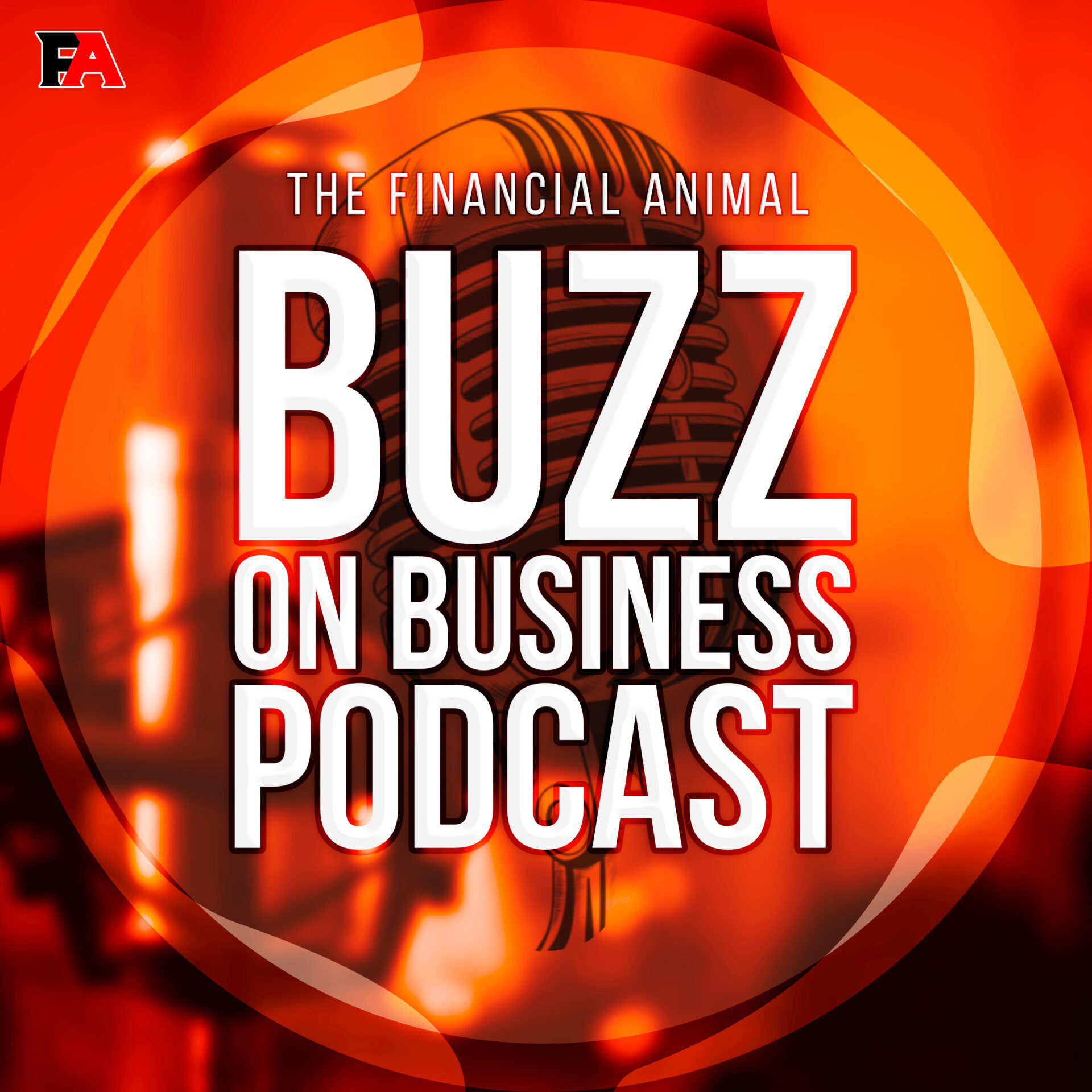
Gold was up $32 to close at around $2,270 a troy ounce on Monday. Since mid-October of last year, gold has rallied almost 23%. By contrast, the S&P 500 is up a nearly identical 23%.
Two theories attempt to explain the price of gold. The traditional theory is that gold is a hedge against inflation. It serves as a storehouse of value and a medium of exchange in a supposedly uncertain future dominated by high inflation.
That uncertain future, dominated by inflation, would have extraordinarily high-interest rates. Generally, a period of high inflation is one with high rates, as we have seen in our present economic environment and as we saw throughout the late 70s and early 1980s. From mid-1976 until mid-1980, a period of high-nearly hyperinflation and high and increasing interest rates, gold was up something like 400%
But there is an alternative theory about the price of gold, and one that seems to hold sway over much of Wall Street these days, and that contradicts this traditional theory. We'll talk about that theory, which one we feel is correct, and all of the implications in just a minute.
After opening higher on Sunday night in the overnight session, stocks finished Monday mixed mostly lower on the day.
Rates were up sharply on Monday. One report blamed stronger data in the manufacturing sector. Well, we didn't see it. Manufacturing has been strengthening, and that’s good, but strengthening off of a very low base. And the economic data that was released on Monday was decidedly mixed.
As we said, the traditional view of gold is as a hedge against inflation, a medium of exchange, and a storehouse of value for an uncertain future. Under this theory of the case, any increase in the price of gold is a harbinger of that uncertain future—a harbinger of inflation.
But there is another way to look at gold: more like a bond. Think of a bar of gold as a bond with a zero coupon—it pays no interest—and no maturity date. Of course, when interest rates fall or are likely to fall in the future, bonds rally.
In this theory, an increase in the price of gold is a harbinger of lower interest rates, and this seems to be increasingly fashionable in recent months.
And while it works out mathematically, we have never been completely persuaded as to the explanatory power of this theory.
Consider this: From about 1980 until the early aughts, interest rates fell from the high double digits to about 4%, and gold not only didn’t rally, it fell from over $500.00 an ounce in 1980 to less than $260.00 an ounce in 2021. Huh?
If falling rates support the price, gold should have gone to the moon in the 20 years that ended in 2001. Instead, it fell by half.
Since 2001, gold has been up by over 735%. Likewise, since 2001, we have seen the federal government run increasingly larger deficits and deficits that have been monetized. In essence, the government has printed money to fund its operations. When the government prints a dollar it reduces the value of the dollar you hold, or the dollar you will earn tomorrow. Inflation.
It is true that interest rates have been low during the last two decades, but they’ve not been consistently low. They spiked in 2008, spiked again in 2018, and are spiking now. Interest rates are currently as high as they have been in almost 20 years, yet gold rallies to new all-time highs.
We think that the idea that a rally in gold portends lower interest rates is completely unsupported by the data. Indeed, we think that this is a pretextual explanation for what this gold rally actually means.
We think gold's rallying to a new all-time high signals to all who choose to see that inflation has not been beaten. While we do not make predictions here at The Buzz on Business, we would not be surprised if inflation in 2024 and 2025 exceeded the peak we saw in 2022 and 2023. We would not be surprised to see double-digit inflation in the next 24 months.
It appears to us that the political class, the chattering class, and the financial elites who support them are completely unserious about fighting inflation, even hostile to the idea. They are much more concerned about interest rates. They are much more concerned with coming up with any justification or rationalization for cutting interest rates.
Raising rates to fight inflation is a blunt instrument. A better solution would be to balance the federal budget and run a surplus, but that seems unlikely to us.